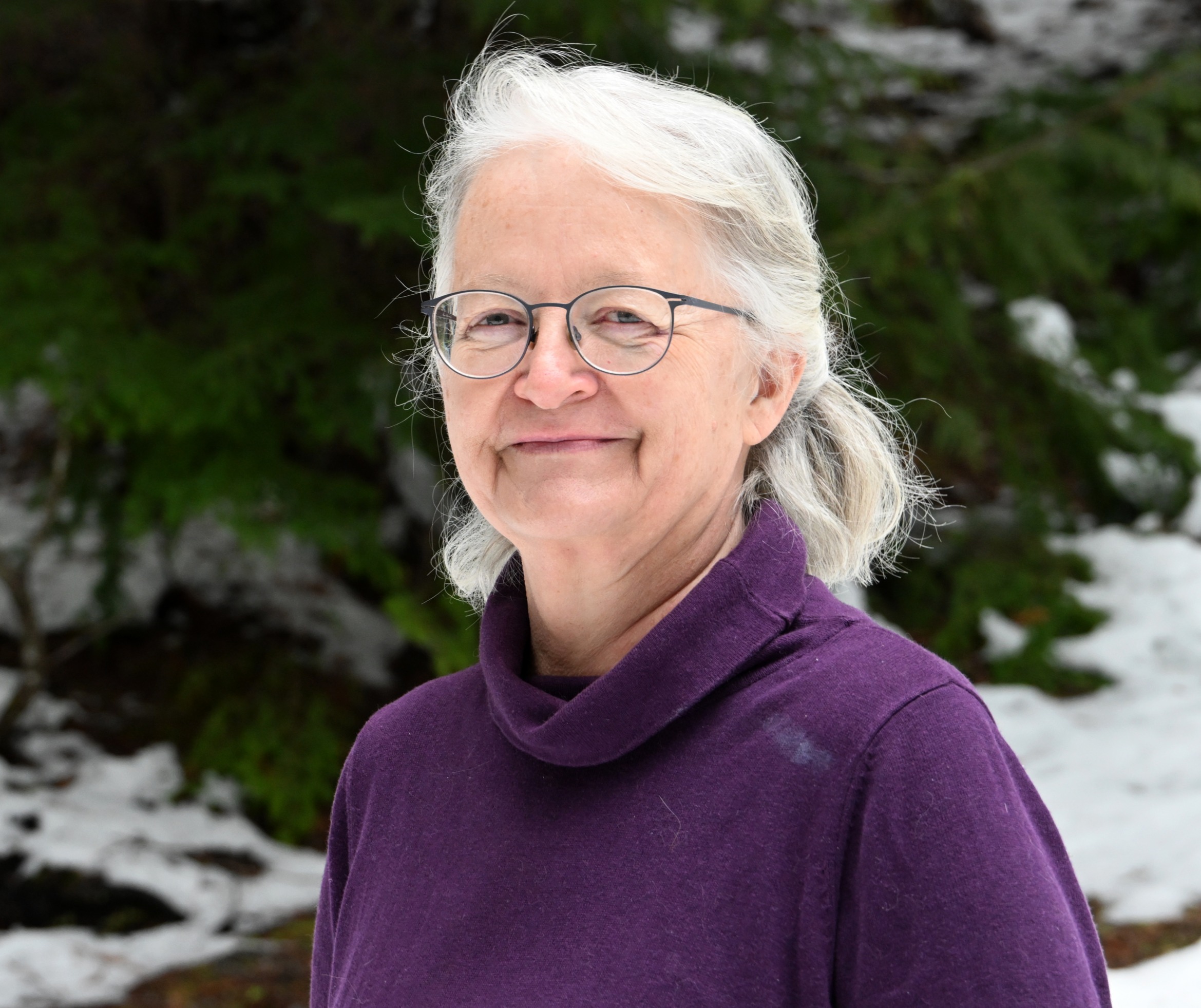In this edition of DRRN Highlights, we’re excited to feature Deb Borsos, Community Recovery Subject Matter Specialist at Community Disaster Recovery (CDR) and one of DRRN’s valued external partners. Deb works closely with small, rural, and remote communities across British Columbia, supporting recovery and resiliency efforts before and after disasters. Her work focuses on building local capacity through engagement, training, and mentoring, helping communities develop effective resiliency, recovery, and evacuation plans tailored to their unique needs.
1. Could you introduce yourself and tell us about your current work or projects?
I live and work in the southeastern corner of British Columbia, in the West Kootenay valley. For over 28 years, I’ve called Argenta—a small, remote community of about 120 people—home. I come from a family of multidisciplinary artists, and I’m a visual artist myself, working primarily in pastel.
For the past 20 years, I’ve also worked and volunteered in the field of emergency management. Since 2012, my focus has been on supporting small, rural, and remote communities in their recovery after disasters. This work has taken me across the province, the country, and overseas to explore how to strengthen community-led recovery. I’ve worked at all levels of government and collaborated with more than 30 Indigenous communities.
Currently, I work mainly with non-profit societies, helping them develop pre-event recovery plans to better support their members and communities. Arts and culture play a key role in my resilience and recovery work, especially in helping communities regain a sense of identity and belonging after disasters.
2. What motivated you to want to connect with the DRRN?
I first connected with the DRRN through Dr. Jonathan Eaton, with whom I’ve collaborated for nearly nine years at the intersection of emergency management, community engagement, and recovery research. Through this partnership, I’ve come to deeply value the role of research in supporting community resilience and recovery.
The DRRN provides an important bridge between academic research and on-the-ground community experience. It offers a space where practitioners and researchers can learn from each other and collaborate toward more meaningful, community-centered approaches to disaster resilience.
3. What do you wish others, especially academic researchers, understood better about your work? What key insights would you like to share?
I’m particularly interested in two key areas.
First, we need more research that strengthens community voices in leading their own recovery, rather than having external agencies dictate the process. Both responders and communities bring valuable knowledge—responders bring training and resources, while communities contribute local expertise and context. Finding a respectful, shared language that recognizes both as equals is essential.
Second, I’d like to see greater recognition of qualitative data—stories, lived experience, and local values—alongside quantitative measures in disaster recovery research. This shift would help ensure that funding decisions truly reflect what communities value most. For example, rebuilding a local gathering site lost to flooding may be just as vital to recovery as restoring infrastructure. Recognizing this kind of “community priority” helps funders understand that recovery is not only physical but also social and emotional.
4. How might DRRN researchers from different academic fields help support your goals?
I would like to collaborate with researchers interested in language and narrative in recovery, and in balancing qualitative and quantitative approaches to studying disaster impacts. Together, we could work with rural and remote communities to produce research that informs more inclusive and effective recovery strategies.
5. Is there a DRRN-related initiative or collaboration that stands out to you? Why does it matter?
The range of research happening within DRRN on resilience and recovery is inspiring. It’s encouraging to see academics engaging directly with communities and practitioners. I welcome contact from DRRN researchers interested in exploring small, rural, and remote community recovery. I can be reached at communitydisasterrecovery@gmail.com for further discussion or collaboration.
6. What future developments in disaster resilience research are you most interested in or concerned about?
I’m most interested in research that helps small, unincorporated, and rural communities build stronger voices and take leadership in their own recovery processes. Empowering these communities to build capacity will strengthen long-term sustainability across the province.
I also hope to see more attention given to the value of qualitative data in post-disaster recovery. Recognizing and funding what communities themselves identify as priorities—whether tangible or intangible—will lead to more meaningful and culturally appropriate rebuilding efforts.

